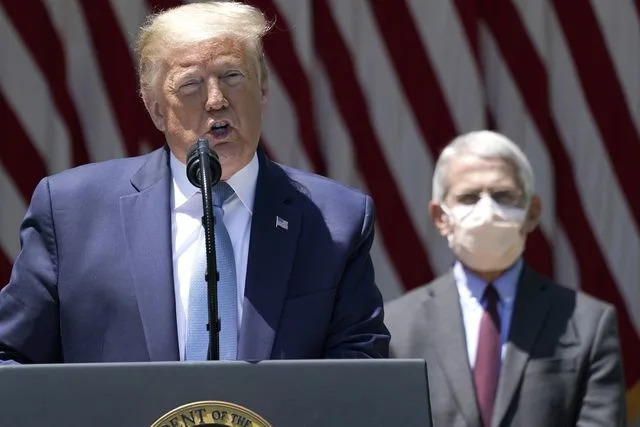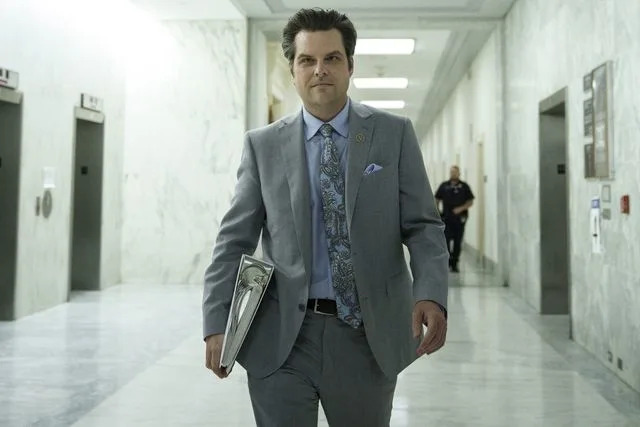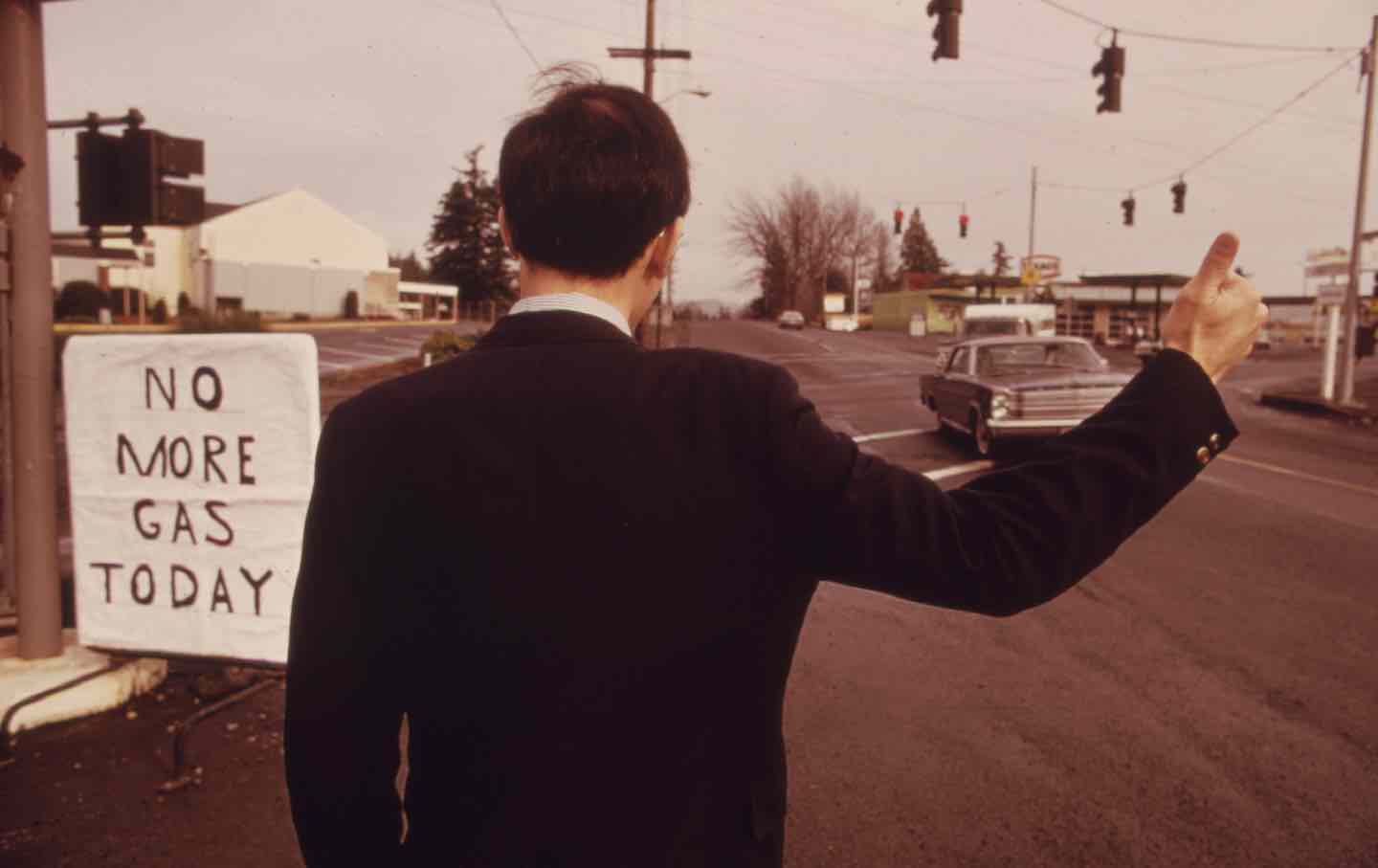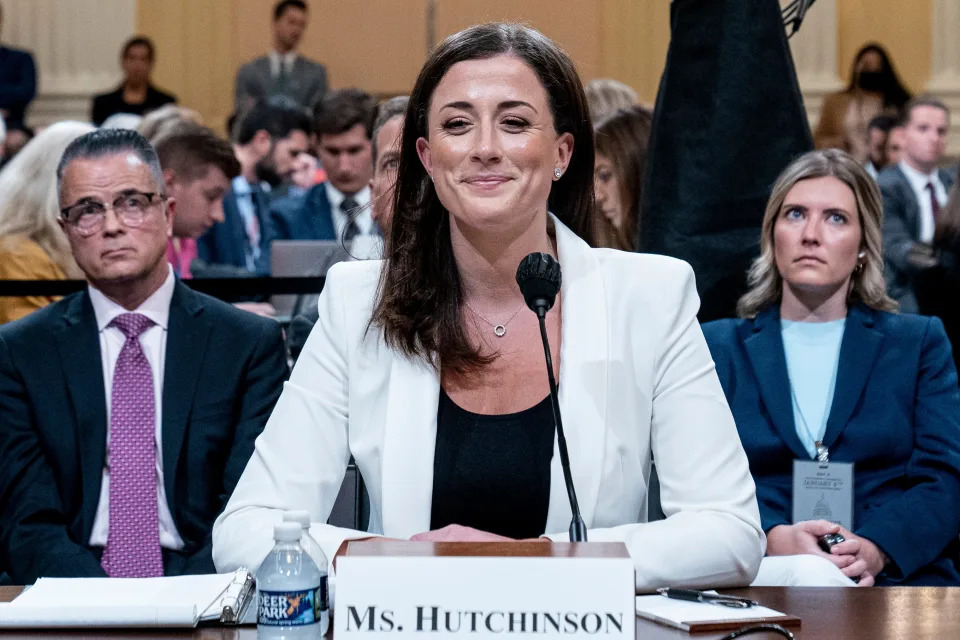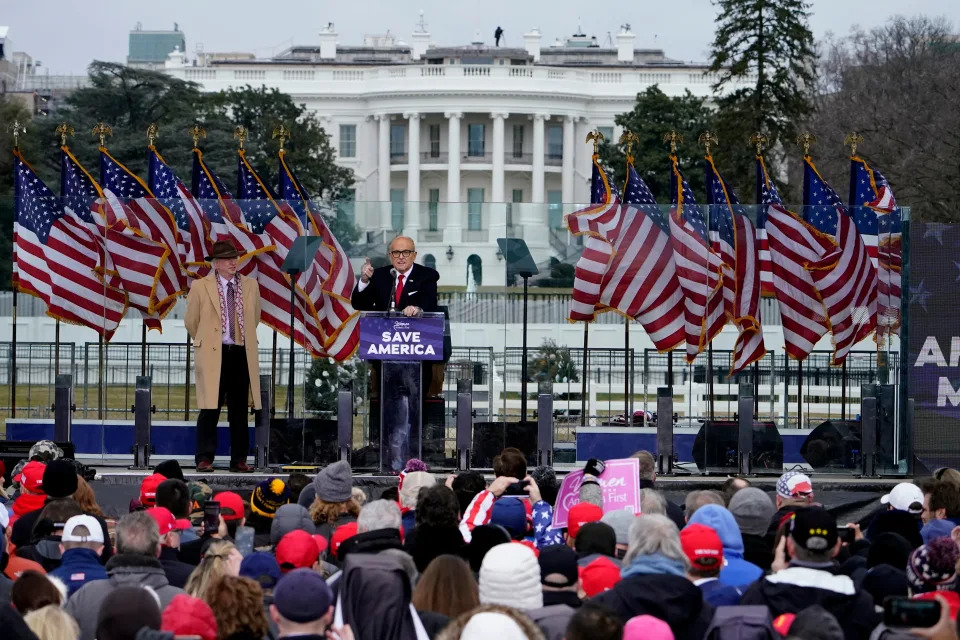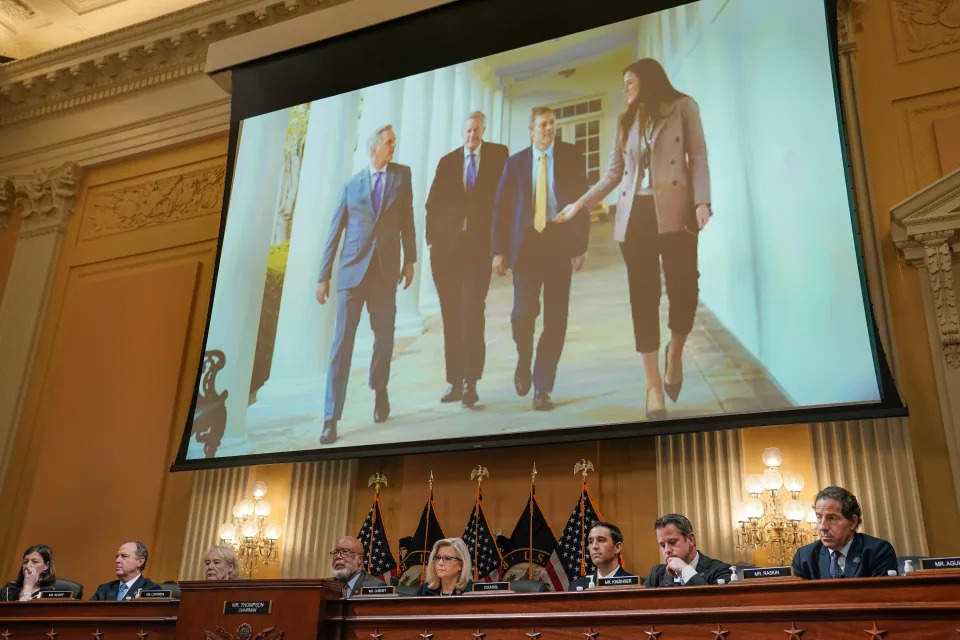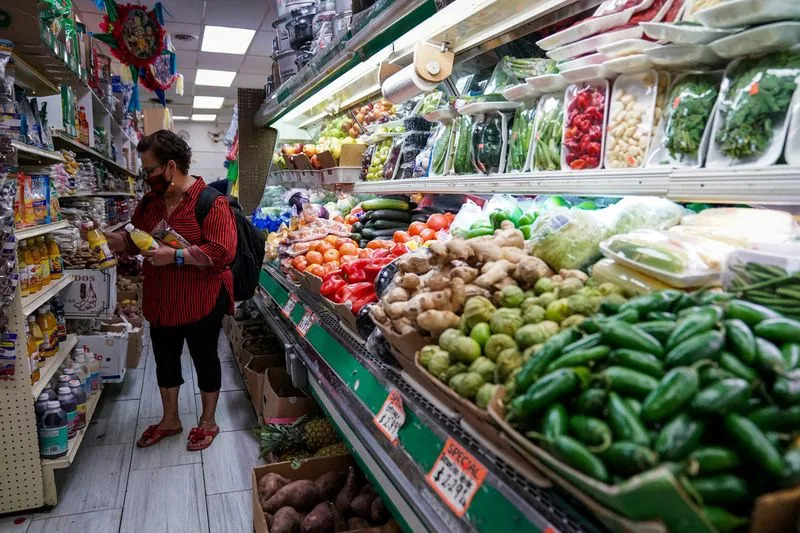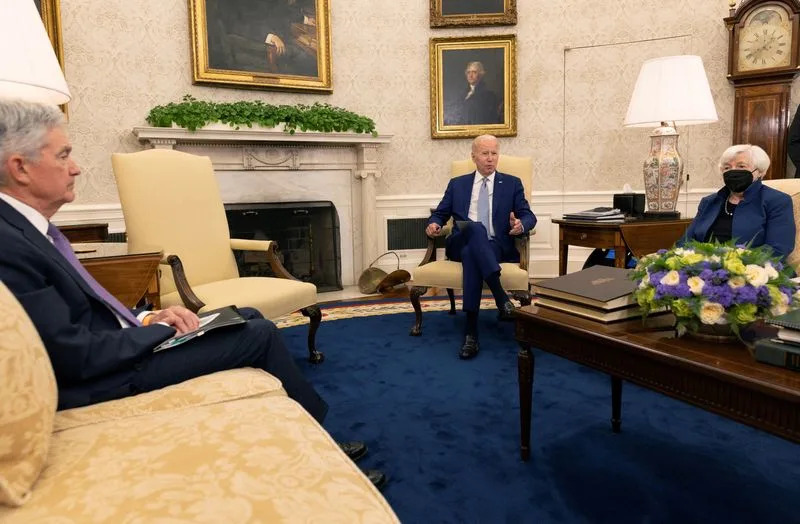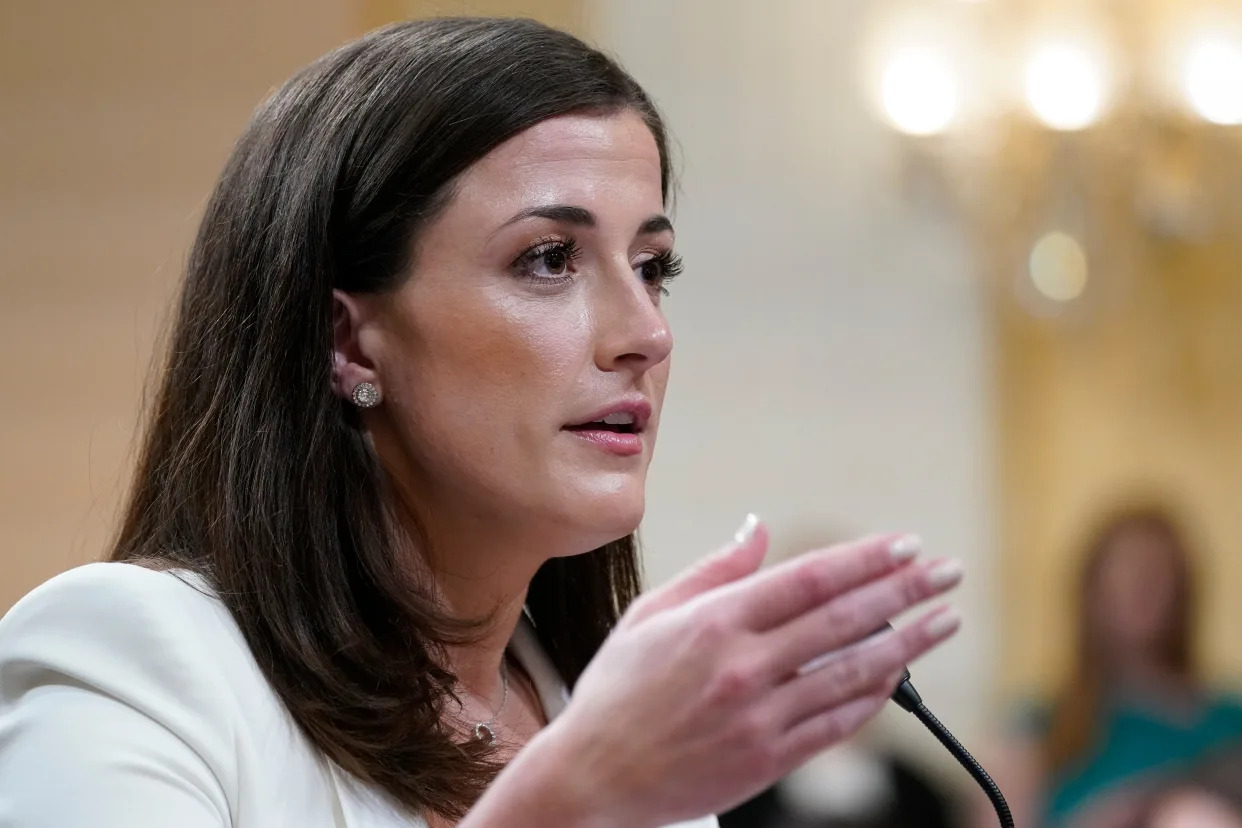The Guardian
US surgeons are killing themselves at an alarming rate. One decided to speak out
Christina Frangou – September 27, 2023

Carrie Cunningham puffed out her cheeks and exhaled. She looked out at the audience filled with 2,000 of her peers, surgeons who were attending the annual meeting of the Association of Academic Surgery, a prestigious gathering of specialists from universities across the United States and Canada.
Cunningham, president of the organization, knew what she was about to reveal could cost her promotions, patients and professional standing. She took a deep breath.
“I was the top junior tennis player in the United States,” she began. “I am an associate professor of surgery at Harvard.
“But I am also human. I am a person with lifelong depression, anxiety, and now a substance use disorder.”
The room fell silent.
Cunningham knew others in the room were struggling, too. Doctors are dying by suicide at higher rates than the general population. Somewhere between 300 to 400 physicians a year in the US take their own lives, the equivalent of one medical school graduating class annually.
Surgeons have some of the highest known rates of suicide among physicians. Of 697 physician suicides reported to the CDC’s national violent death reporting system between 2003 and 2017, 71 were surgeons. Many more go unreported.
For years, no one in surgery talked publicly about mental distress in the profession; surgeons have long experienced a culture of silence when it comes to their personal pain. They have a reputation as stoic, determined and driven. They are taught, throughout a decade of grueling training, to dissociate themselves from their body’s natural cues, telling them that it is time to rest, eat or urinate.
The patient’s needs always come first – that’s part of what makes a good surgeon. But this approach can have consequences for a surgeon’s own mental health.
Cunningham had already lost one friend to suicide. She decided that if her job was to save lives, she would begin with her own and those of her colleagues.
She started to tell her story.
When Cunningham was seven, her stepfather put a tennis racket in her hand and discovered a prodigy. She quickly became a star, competing in international tournaments barely three years after she’d first hit a ball.
By 12, she had her own psychologist and nutritionist. She was put on a 3,330-calorie-a-day diet, aiming to gain 3lbs each month on her 4ft 7in frame. She’d run so hard that she’d hyperventilate. Her legs bore constant bruises from banging her racket against them.
She was praised for being scrappy and mentally tough, for being a perfectionist.

In 1987, when she was 16, World Tennis Magazine named her the top junior female player of the year. The next year, she made her debut as a professional player. In one of her first major tournaments, the teenage Cunningham faced the top-ranked Steffi Graf in the Australian Open and lost, but barely.
A psychologist taught her to hide her feelings from her opponents. Never let them know you are struggling, went the mantra. SoCunningham mastered the art of disguising her emotions. An outside observer would see a determined athlete; inside, Cunningham felt riddled with anxiety.
When she was 18, she lost in the French Open. The defeat sent her into her first major depressive episode. She sat in a Paris hotel room, alone with shades drawn, and hardly ate for a week.
After graduating high school, she climbed to No 32 in the world. She appeared to be thriving, but she was racked with loneliness. She did not earn the kind of income that allowed her to travel with family or friends. In an era before cellphones and widespread email, she was on her own. Her closest friends were her fellow competitors – people who understood what her life was like, but not people she could talk to about her struggles or doubts.
Just after she turned 20, she injured her wrist and took six months off to rehabilitate and take university courses. By the time she was healthy enough to return to play, she did not want to go back on the road and decided to retire.
She spiraled into another bout of depression – again, undiagnosed. She’d lost her identity. Cunningham dealt with her feelings the only way she knew how: busying herself with everything but her distress.
She moved to Ann Arbor to study at the University of Michigan, loaded her schedule with extra classes and began training for a marathon.
“I was awake for weeks,” she says. “I don’t remember sleeping at all. But yet, I would still work out in the day.”
She does not believe her depression was perceptible to anyone else. She got high marks, dated and went to parties. But she often felt that she was separated from the rest of the world. “It’s like being alone in a room full of people.”
She was drawn to medicine, with its intellectual challenge and the satisfaction that came from making a difference. She graduated in 2001 and married one of her classmates. The same skills that made her a tennis phenom made her an excellent doctor. Together, she and her husband were accepted for residency training at one of the country’s most prestigious programs, at Weill Cornell Medicine in New York City. After that, they moved to Harvard Medical School in Boston to do fellowships.
Cunningham was on her way to becoming an endocrine surgeon who could care for patients with diseases affecting their thyroid, parathyroid or adrenal glands. She loved the action of the operating room and working with her hands; she thrived in the long hours and fraternity of people who were taking on the seemingly impossible.
On the outside, Cunningham was winning.
Inside was another story.
In medical school and residency, doctors in training work around the clock. They eat or sleep when they can. Often, they are pushed to their limits.
“They feel miserable,” says Jessica Gold, a psychiatrist at Washington University in St Louis School of Medicine who specializes in physician wellness. “We basically think that feeling bad is part of medicine, and we can’t identify that we’re doing poorly, or that we should take time for ourselves and figure out that we actually might be depressed.”
Surgery, especially, has always been cruel to its practitioners, who suffer high rates of burnout, ergonomic injuries, miscarriages and infertility. They are trained in an apprenticeship model that lasts a minimum of five years, but usually seven or eight. Residents begin as juniors and progress up the hierarchy, adopting the skills and behaviors of those who came before them.
See one, do one, teach one is shorthand for this system. It’s how surgeons develop their technical skillset, but also how they conform to the cultural norms of the profession.
The training system was developed by William Halsted, a pioneering surgeon who worked at Johns Hopkins hospital in the late 19th and early 20th century. Halsted battled addiction throughout his career, even as he revolutionized surgery by developing new surgical techniques, advancing anesthesia and promoting infection control. He became hooked on cocaine in 1884 while conducting experiments with the drug. Using morphine to help wean himself off cocaine, he developed a new addiction that plagued him until his death at 69. He became erratic and withdrawn, sometimes disappearing for weeks at a time. His oddities, though, were tolerated because of the enormity of his achievements.
“This man created a culture where you lived in the hospital,” says Michael Maddaus, a retired surgeon who developed a narcotics addiction while working as a professor of surgery at the University of Minnesota. “Part of the ethos of that is you don’t complain … You just do your work and shut up and have discipline to be strong and pretend you’re OK when everything’s not.”
In 2003, the Accreditation Council for Graduate Medical Education, which oversees medical training in the US, ruled that trainees could work a maximum of 80 hours a week in clinical care. The first time that any national limit had been set on trainee work hours, it cut into the 100-hour-plus weeks that were often the norm for surgical trainees. But many surgeons protested that the reduced schedule did not leave enough time to adequately train surgical residents. (When an 80-hour workweek for residents was first rolled out in New York state in 1989, surgical trainees were exempt.) In response, most surgical trainees now add one or two extra years of fellowship training after residency in order to get in more hours in the operating room before embarking on their own practice.
Surgery is a high-stakes endeavor; patients’ lives hang in the balance. Small mistakes have catastrophic outcomes. One of the first lessons of surgery is that surgeons are expected to take responsibility for what happens to their patients. The American College of Surgeons, in a document for medical students that outlines the skills needed to become a surgeon, says: “At the core, surgeons must be able to accept responsibility.”
The heightened sense of responsibility comes at a personal cost. Surgeons often fall into a trap of feeling like what they do “needs to be superhuman because they are the last line of defense, if you will, for a patient”, says Colin West, a professor of medicine at Mayo Clinic who specializes in physician wellbeing. When a patient does poorly after an operation – especially when there has been a mistake in their care – surgeons suffer emotional turmoil, anxiety, sadness, guilt and shame. In a 2017 study, an anonymous surgeon described the aftermath of an error: “We all hide our grief, suffer in silence. The pain can be close to debilitating.”
On Cunningham’s first night as an intern, three of her patients died. Their deaths were expected, but the losses still hurt. “I didn’t know how to call out a death certificate or even pronounce someone dead,” she recalls. “And I was like, ‘I’ll guess I’ll get used to it.’”
Then, in 2012, death hit very close to home.
Cunningham first met Christina Barkley during medical school at the University of Michigan, where Barkley was a few years behind. They met up again at Harvard, when Barkley arrived to start a surgical residency. Their partners were good friends and they became friends.
In her last year of residency, Barkley had a mental health breakdown. She saw a psychiatrist at her hospital who started her on medication, and Barkley quickly returned to work. “She felt pressured by everyone around her to just finish her residency program,” says her sister Jill Barkley Roy. “That was the resounding message from everyone in her life – probably me included.”
Six months later, a neighbor found Barkley at home with a self-inflicted wound. Barkley’s colleagues believe she’d tried to take her life, but her sister is convinced that Barkley’s intention then was not to die. She says Christina told her that she’d just wanted to end her surgical career.
For the next two years, Barkley cycled in and out of hospitals, oscillating between depression and mania. In April 2012, three days after being discharged from hospital, she ended her life.
“I felt very angry for a very long time at the medical field,” says Barkley Roy. “My sister was so fearful about ramifications to her career and ramifications to her job and her reputation.”
Cunningham was shocked by Barkley’s death. “We imagined a lifetime of incredible things she’d continue to do not only as not only as a surgeon, but a wife, and a daughter, a sister and a friend,” she says.
Over the next decade, Cunningham’s career soared. She became an associate professor of surgery at Harvard Medical School and received a grant from the National Institutes of Health to investigate thyroid cancer. She was appointed to the executive council of national surgical organizations. She gave birth to two children and also had a terrible miscarriage, which led to thoughts of suicide. Depression came and went, repeatedly. She saw therapists off and on, but didn’t always have time.
When her mental health was bad, she buried herself a little more deeply in work.
“But the busier I was, the better,” she says. “Going on vacation was just torture for me … because when I sat still, all the internal stuff just percolated.”
Then the pandemic brought upheaval. After 25 years of marriage, Cunningham moved out of the family home. She and her ex-husband, also a surgeon, remain good friends. But the split was crushing. She felt like she was failing as a mom. She had frequent panic attacks, which she hid from her colleagues. A few friends questioned her about her mental health, but she pushed them off.
At night, she’d come home from work and open a bottle of wine. She looked forward to the way alcohol could prevent her from dwelling on the things that hurt. She drank to escape her anxiety and depression, but alcohol worsened both. So she drank more, and then more.
On a Friday night in spring 2022, Cunningham joined some colleagues at a local bar for a friend’s birthday. After a few drinks, Cunningham started openly talking about her depression. “I don’t even know exactly what I said, but I was talking about feeling suicidal,” she says.
The next day, a co-worker called Cunningham’s boss and told him that they were concerned. Her boss called her immediately and said he was coming to visit her at home. He told her that she needed help and she could take time out if she needed. The department would stand by her. She listened without protest. “It didn’t surprise me,” she says. “It was time.”
The following day, she flew to Orlando to take the helm as president of the Association of Academic Surgeons. That week, she white-knuckled her way through her talks, feeling awkward every time she saw one of her colleagues.
When she got home, she volunteered for a five-day professional evaluation from the Massachusetts Medical Society’s physician health services, which provides confidential assessments, referrals and monitoring of physicians. She expected to be connected with resources that would set her back on track. She was ready to throw all her willpower into recovery.
The results stunned her: Cunningham, who’d never had a DUI or any problems at work, was deemed unfit to practice medicine. She would have to participate in rehabilitation and then a monitoring program in order to return to work.
Fifty years ago, in a landmark report called The Sick Physician, the American Medical Association declared physician impairment by psychiatric disorders, alcoholism and drug use a widespread problem. Even then, physicians had rates of narcotic addiction 30 to 100 times higher than the general population, and about 100 doctors a year in the US died by suicide.
The report called for better support for physicians who were struggling with mental health or addictions. Too many doctors hid their ailments because they worried about losing their licenses or the respect of their communities, according to the medical association.
Following the publication, state medical societies in the US, the organizations that give physicians license to practice, created confidential programs to help sick and impaired doctors. Physician health programs have a dual purpose: they connect doctors to treatment, and they assess the physician to ensure that patients are safe in their care. If a doctor’s condition is considered a threat to patient safety, the program may recommend that a doctor immediately cease practice, or they may recommend that a physician undergo drug and alcohol monitoring for three to five years in order to maintain their license. The client must sign an agreement not to participate in patient care until their personal health is addressed.
In rare and extreme cases, the physician health program will report the doctor to the state medical board to revoke their license.
Physician health programs are designed to address the myth that illness automatically means impairment, says Chris Bundy, the executive medical director of the Washington Physicians Health Program and the immediate past president of the national federation that oversees the state programs. An addiction or mental illness may require a physician to take time off, but does not justify an automatic revoking of someone’s license.
“People can function at high levels within their profession very expertly with depression, with anxiety, with substance use issues,” he says. He says the key is to get a physician to treatment early before their condition becomes severe enough to affect patient care.
A psychiatrist, Bundy developed a severe alcohol use disorder and was in monitoring for five years, during which time he joined the VA system as chief of mental health. He approached his state physician health program for help. He likes to quip: “I’m not only the hair club president, I’m also a client.” He has now been sober for 15 years.
But these programs remain shrouded in stigma. Doctors worry that, if they seek help, they will lose their license or the trust of their communities – so much so that they often stay away from treatment.
Lorna Breen, an emergency room doctor in New York, died by suicide in April 2020, after telling her family that she worried she would lose her medical license, or be ostracized by her colleagues, because she was suffering anguish from her work on the front lines of the Covid-19 crisis. Her family and friends started the Lorna Breen Foundation, which wants to see changes to the medical licensure process. The foundation wants licensing bodies to limit their questions on physicians’ health to current issues and not previous mental health diagnoses.
So far, only 21 states meet this standard. Meanwhile, physicians continue to suffer. In Medscape’s Physician Suicide Report 2023, 9% of male physicians and 11% of female physicians said they had suicidal thoughts. The study authors noted that they felt that physicians were under-reporting their distress because of privacy concerns.
Cunningham was shocked and furious at the results of her evaluation.
“I wanted to throw up when I read that the first time,” she says. “I was angry because I hadn’t done anything that was illegal or harmed a patient or anything.” The one consolation was that her license was not revoked. The program recommended that she undergo rehab, and then return to work with routine monitoring including breathalyzer tests and random drug testing. She’d never even tried the drugs she was being tested for, she says.
Cunningham decided she was going to recover with the same drive she’d once poured into tennis and surgery. She’d check the recovery box and back to work. “I was still in that fierce mode of ‘I’m gonna prove everyone wrong. Screw you.’”
She spent four weeks in rehab, the first time in 20 years that she’d taken more than a week off. She thought about her to-do list: research projects waiting for her attention, and lectures that she was supposed to deliver at universities around the world. She finished the rehab program a day early to rush back to Harvard, where she interviewed candidates for fellowships in the coming year.
At the end of the day, she sat in her car in the parking lot and cried.
One week later, she relapsed. She called the physician health program and told them. Then, she left for a seven-week intense rehab program in Illinois designed for physicians and other professionals.
She calls recovery the hardest thing she has ever done. “It felt like being forced through a wall of fire, terrified of walking through it and having no idea what was on the other side,” she says.
She kept her illness and rehab secret to all but a few. When she returned to work, she did so slowly. In order to maintain her license, she needs to prove her sobriety three times a day with a breathalyzer test for three years. She participates in multiple recovery meetings and goes to therapy every week. It’s been excruciatingly hard, but worth it, she says.
“I’m a better doctor now. I’m more connected with my patients,” she explains. “And look, if you feel badly enough, if you’re not alive, you can’t be a surgeon anyway.”
As her year as president came to a close, Cunningham started to think about what she would say in her outgoing speech to her colleagues. She knew the potential consequences of revealing what she’d been through in her year as president. Patients might refuse to see her. Her colleagues might be afraid to refer patients to her. She was a strong contender to become a chair of surgery one day, and she’d be putting that at risk, too.
But she felt that she could make a difference. And she’d be honoring Barkley, whose name had disappeared from conversations after her death, like many who die by suicide.
“I could not stand up there and act like everything was fine,” she says. “If there was a reason I [am] on this planet, it is for me to give that speech.”
With Barkley’s sister in the front row, Cunningham told her story in full, describing her tennis career and depression, and showed an image of the online message saying she’d been found temporarily unfit for practice.
She urged the audience to put their health first. Surgeons should encourage colleagues to seek help before they become so sick that they are reported to a medical licensing board or they end up taking their lives, she said.
“I will never know what would have happened if those friends had not intervened. But I am sure I would have spiraled further with much worse consequences,” she said.
“I wish I could get those of you in this room that are struggling the courage it takes to seek help. But I can’t. I can promise you that people will show up for you as you would for anyone else who asked for help,” she said.
“I have to accept that I will always have tough days. I can expect recurrent bouts of depression throughout my life,” she said. “It is a disease, not a character flaw. It does not define me.”
Surgeons in the audience gave her a standing ovation, and her talk has been watched 29,000 times – nearly 30 times the figure for most lectures posted by the same organization.
“It’s a real watershed moment in that particular profession to be able to say it’s OK for us to talk about these things, and let’s change the subculture of surgery,” says Bundy, who was in the audience.
Since then, none of the terrible consequences Cunningham feared about going public have come to fruition. The only negative effect has been that she was turned down for life insurance.
Cunningham’s phone has been ringing off the hook since her talk. Surgeons from around the globe call her to share their stories and thank her for speaking out. She tells them what she told the audience: “I do not have all the answers. I do know that it won’t get better unless we talk about it openly and honestly.”
• In the US, you can call or text the National Suicide Prevention Lifeline on 988, chat on 988lifeline.org, or text HOME to 741741 to connect with a crisis counselor. In the UK and Ireland, Samaritans can be contacted on freephone 116 123, or email jo@samaritans.org or jo@samaritans.ie. In Australia, the crisis support service Lifeline is 13 11 14. Other international helplines can be found at befrienders.org





